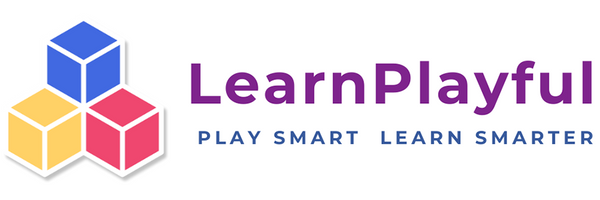
Best Montessori Math Learning Toys: Age-Based Picks and Buying Tips
Share
What Are Montessori Math Learning Toys?
montessori math learning toys are designed to introduce children to numbers through hands-on activities. Instead of relying only on worksheets, children interact with tools like number rods and golden beads, making abstract math concepts easier to understand. This approach bridges the gap between physical objects and symbolic numbers. Parents and teachers value these toys because they simplify early math learning and reduce frustration. Compared to traditional methods, Montessori toys focus on building confidence step by step. They are often made of safe, durable materials, ensuring children can handle them safely while learning through play.

Core Benefits of Montessori Math Toys
The key benefits of Montessori math toys include encouraging independent thinking and strengthening concentration. These toys provide a tactile learning experience that helps children develop problem-solving skills naturally. Parents often notice that their kids stay engaged longer when using simple, focused toys instead of flashing or noisy alternatives. For educators, these tools also support structured learning without creating pressure. By emphasizing one skill at a time, Montessori math toys align with the goal of helping children progress at their own pace. This makes them a valuable choice for households and classrooms seeking balance between play and education.
Recommended Montessori Math Toys by Age
hoosing the right Montessori math toys depends on your child’s age. For toddlers around two years old, simple counting beads or number rods work best, offering a basic sense of quantity. At age three to four, felt apple tree counting toys or spindle boxes can introduce more structured number recognition. By five years and older, tools such as bead chains and arithmetic boards prepare children for addition and subtraction. These toys are safe, durable, and adaptable, making them suitable for both home and school use. Age-appropriate selection ensures steady learning without overwhelming children.

How to Choose High-Quality Montessori Math Toys
When buying Montessori math toys, safety and durability should be your top priorities. Look for non-toxic wooden materials with smooth edges, as these are safer and longer-lasting than plastic alternatives. Check if the product has safety certifications relevant to your market. Parents should also consider price-to-value: an affordable toy that grows with the child’s skills offers better long-term value. Avoid overstimulating designs with lights and sounds; focus on simple, practical tools that support one math skill at a time. Reading customer reviews and verifying brand reliability also helps ensure you select high-quality learning toys.
Frequently Asked Questions for Parents
Parents often ask whether Montessori math toys work for all children, even those who struggle with math. The answer is yes—because these toys use physical objects, they make abstract ideas easier to grasp. Another common question is how Montessori compares to electronic learning tools. Unlike screen-based methods, these toys reduce distractions and help children focus. Parents also wonder about managing small pieces. Simple steps such as storing toys in labeled boxes and rotating sets every few weeks keep play areas organized and safe. These practical solutions address common concerns directly and build trust in Montessori methods.
Buying and Long-Term Usage Tips
When it comes to purchasing, families can find Montessori math toys online through marketplaces and specialty stores. Consider starting with a small set to test your child’s interest before investing in larger kits. Affordable options under $20 can still deliver strong educational value. To keep toys engaging, rotate them every two weeks, limiting the number available at one time. This avoids clutter and encourages focused play. Over the long term, expanding to more advanced tools such as bead frames helps maintain steady progress. With careful planning, Montessori toys become a reliable companion in your child’s early learning journey.
FAQ
Are Montessori math toys good for kids who struggle with math?
Yes. Montessori math toys use hands-on and visual learning methods to make abstract numbers more concrete. Children who struggle with math often gain confidence when they can physically handle counting beads, rods, or blocks. This practical approach reduces anxiety and makes learning more enjoyable. Parents appreciate that it avoids unnecessary screen time while keeping children engaged. By focusing on gradual progress, these toys give struggling learners a safe space to explore math concepts without feeling pressured.

